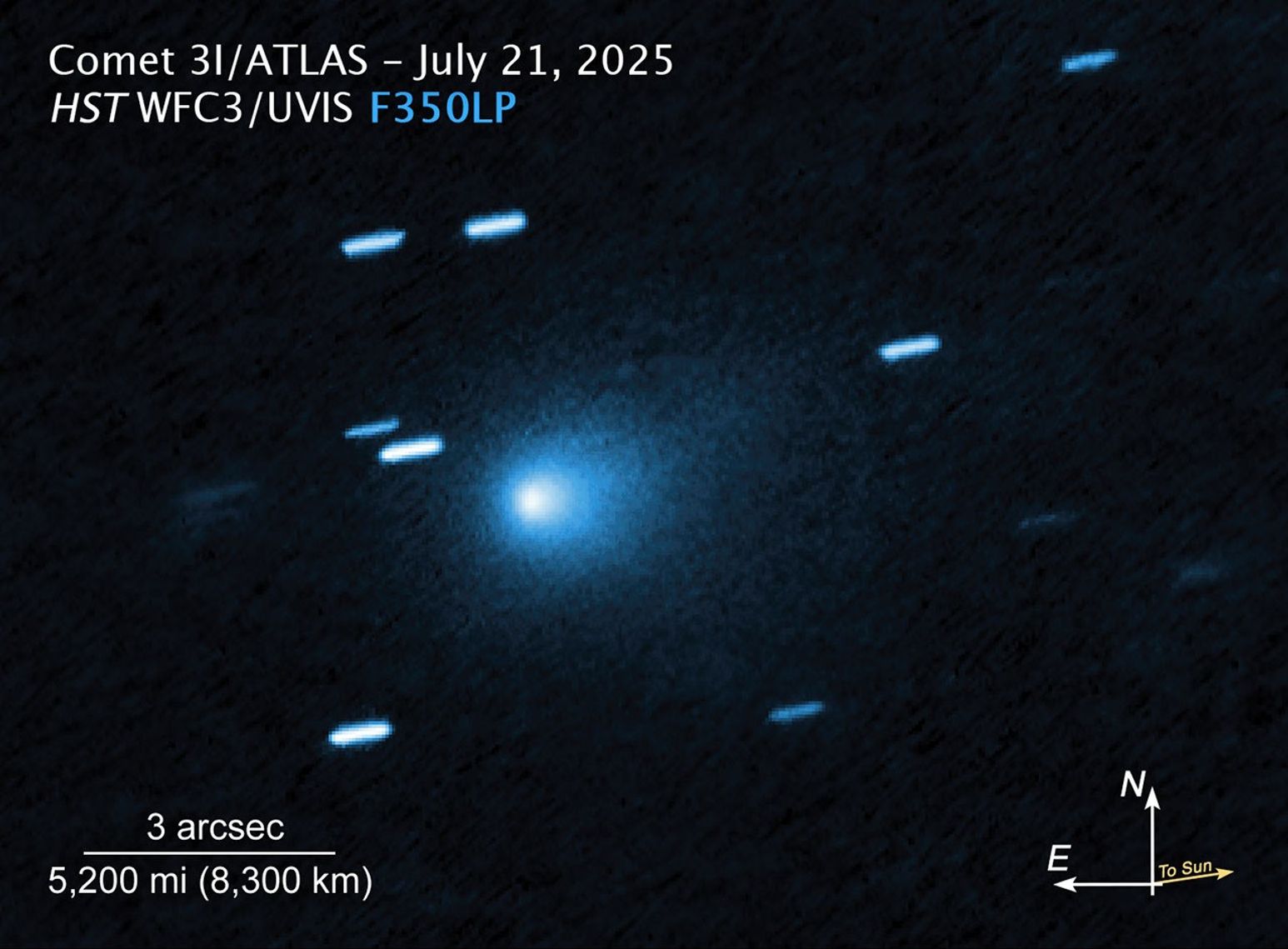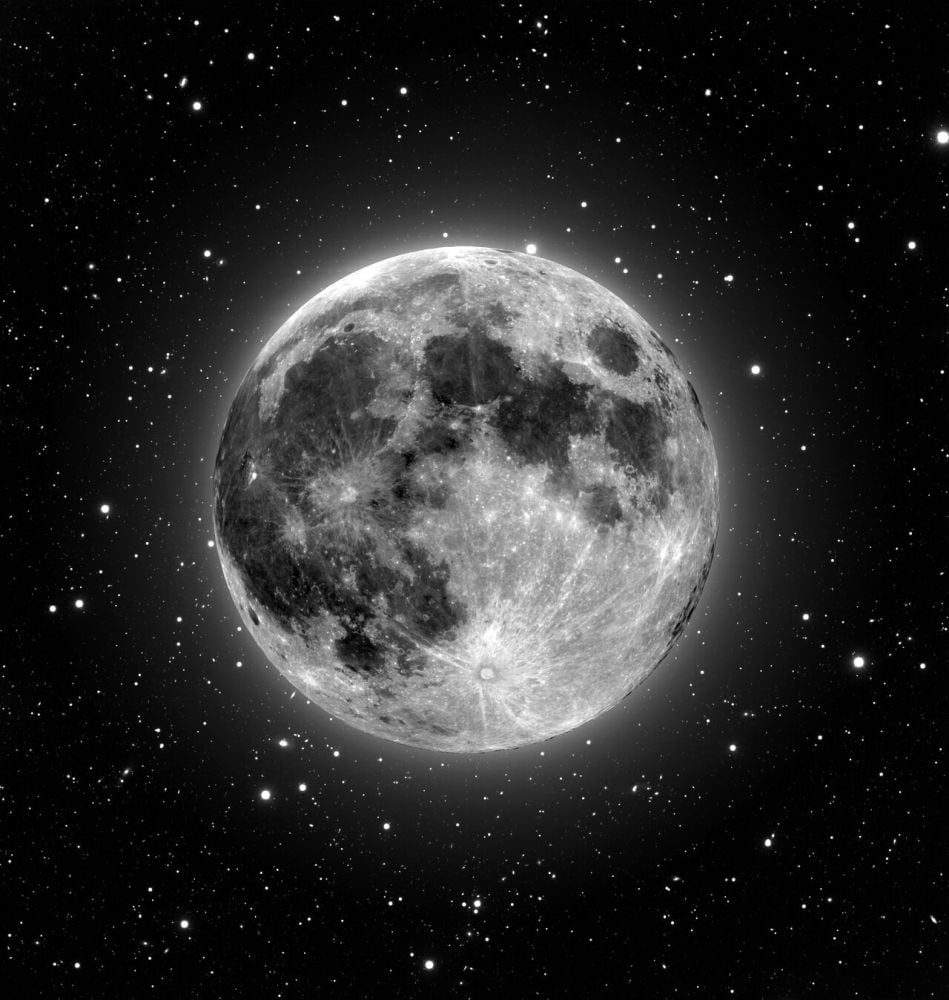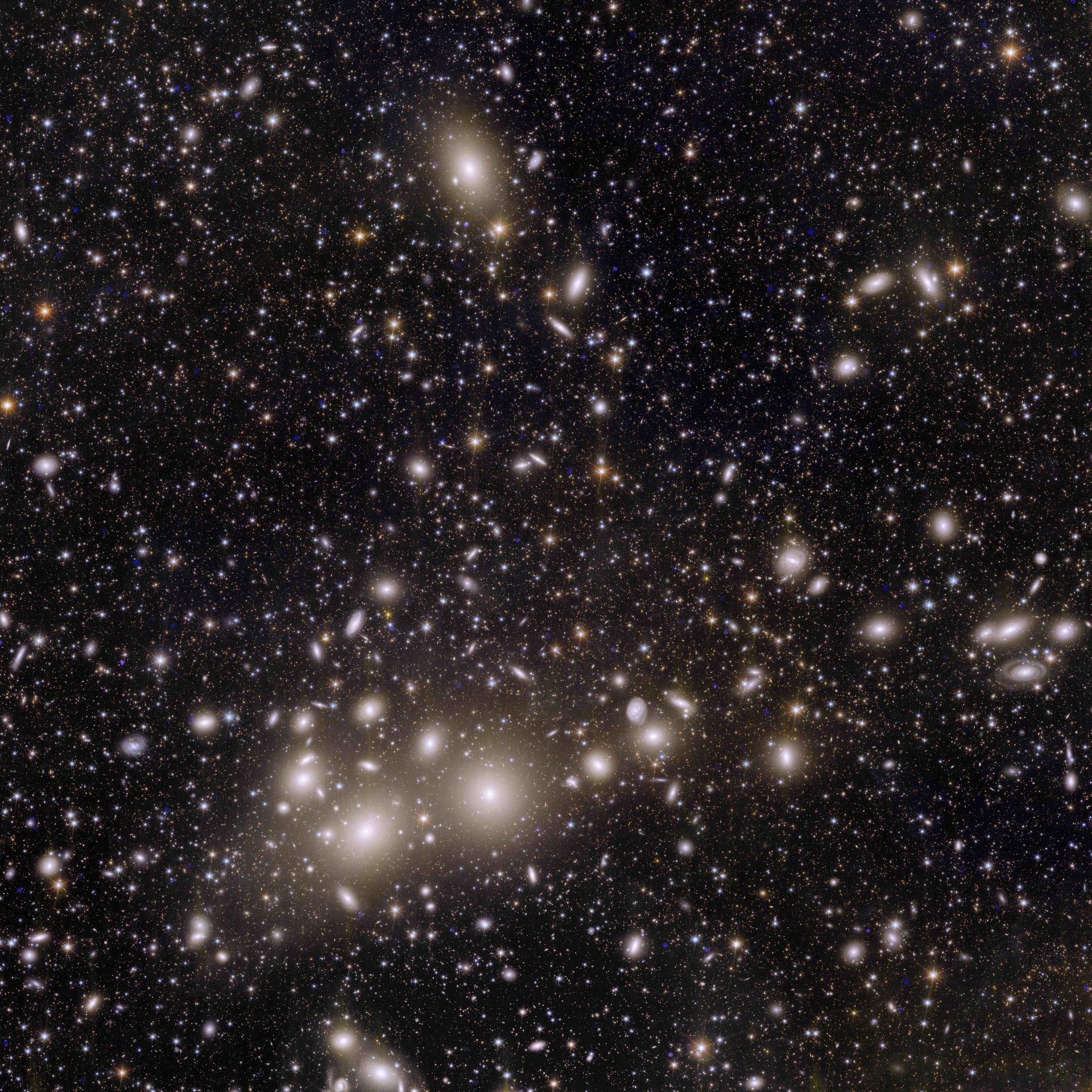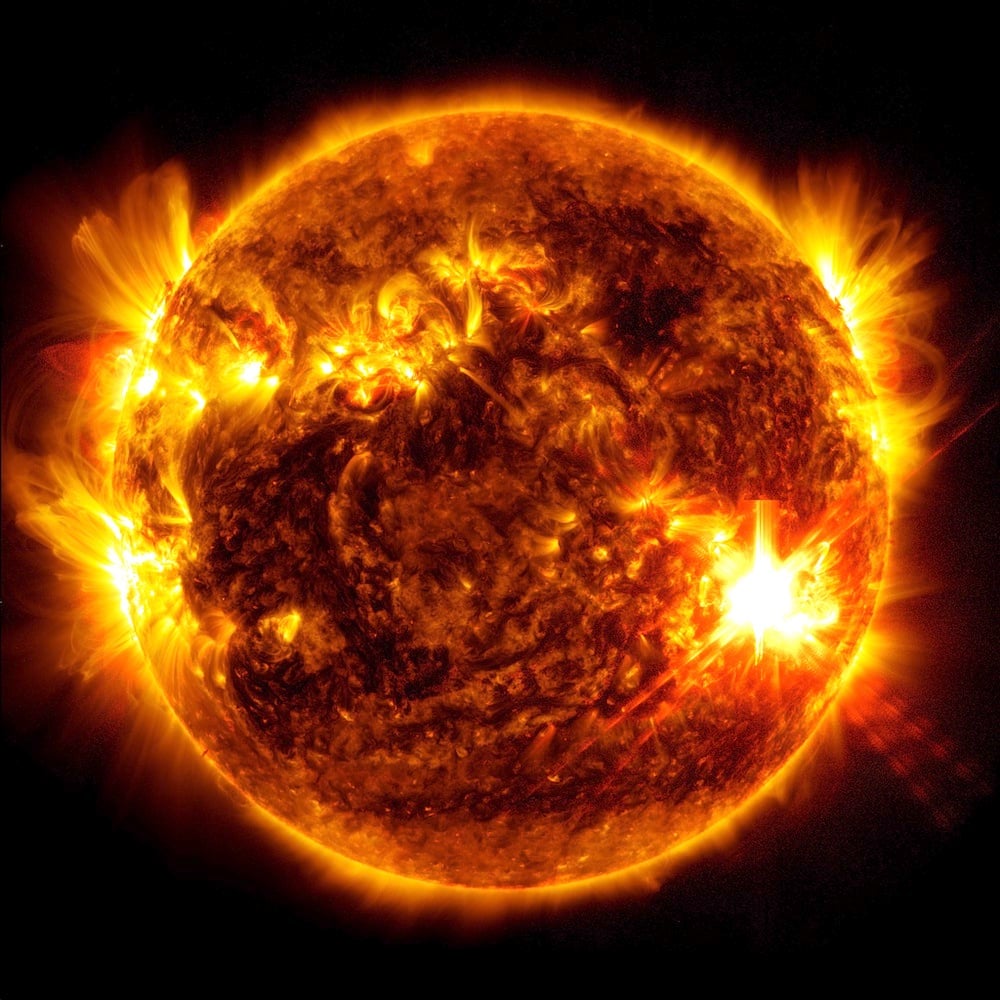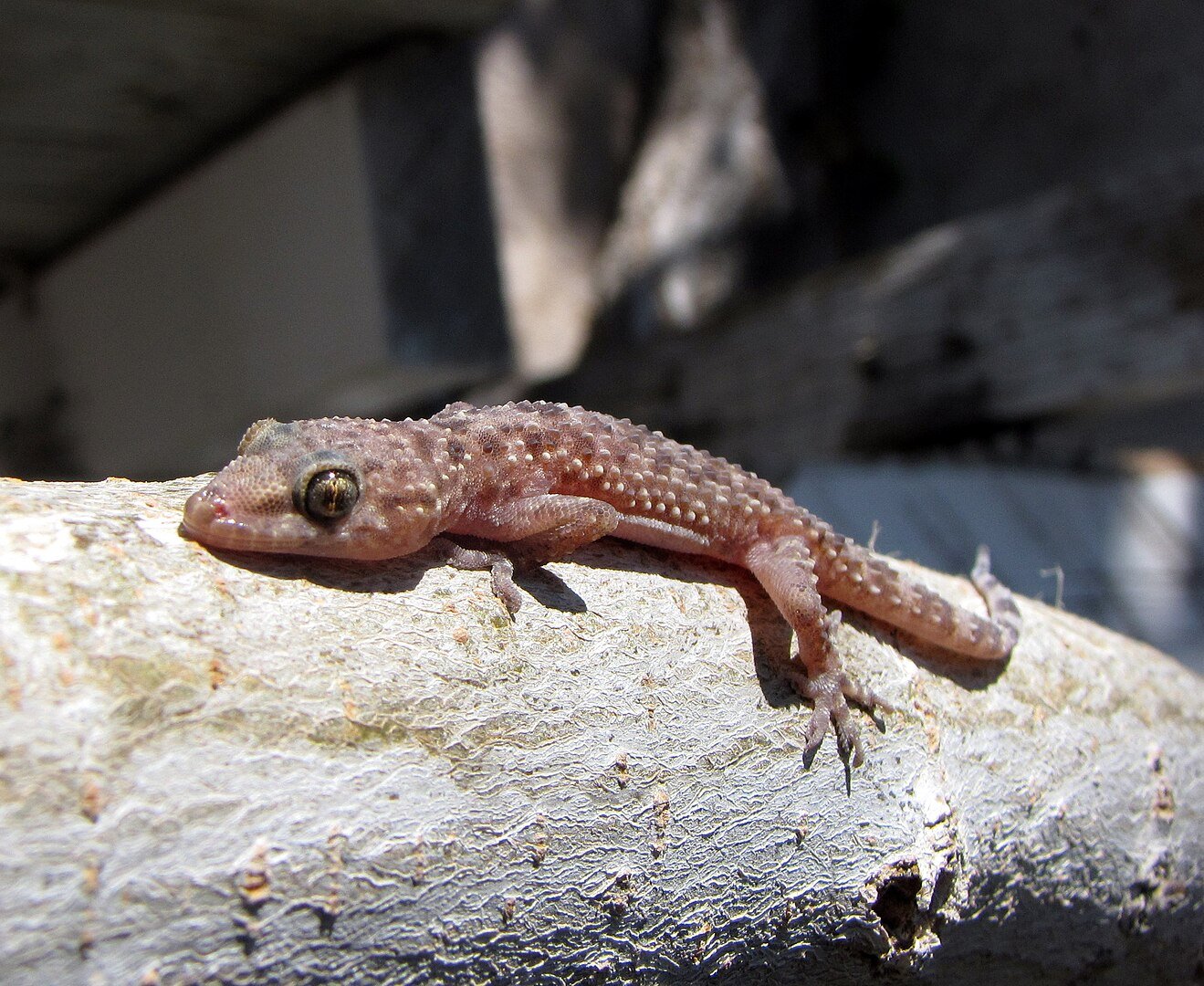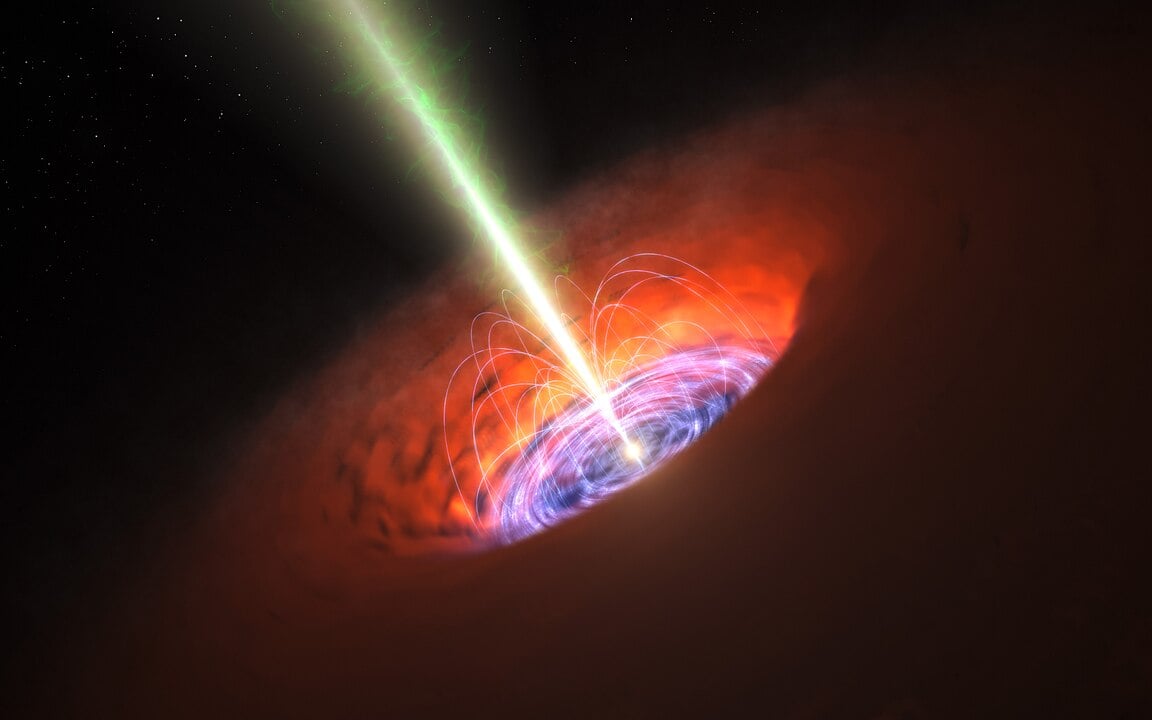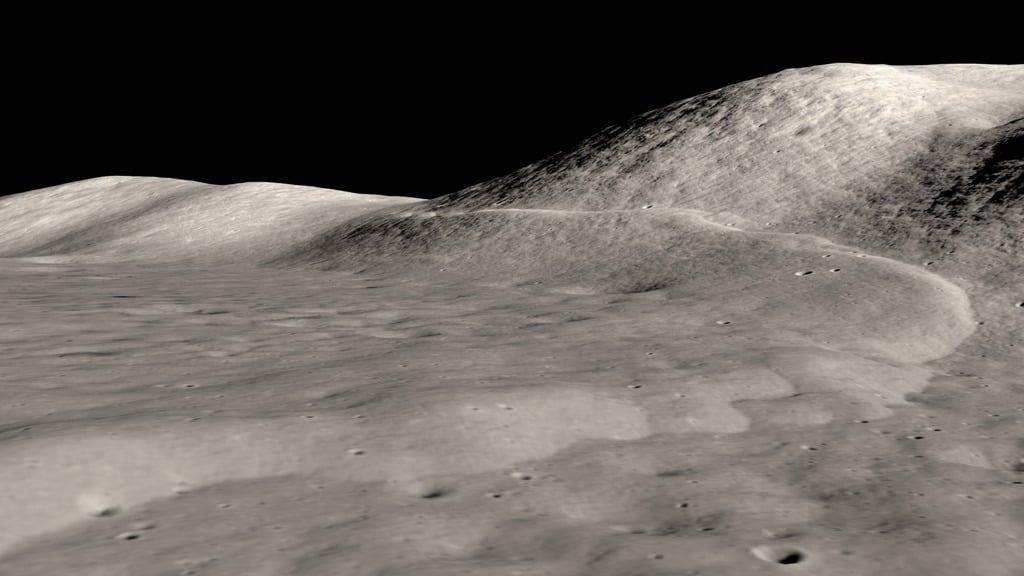In a recent paper, researchers followed the trajectories of 1I/`Oumuamua, 2I/Borisov, and 3I/ATLAS – three installer objects that have entered the Solar System in the past decade – to constrain
Exoplanets with and without a magnetic field are predicted to form, behave, and evolve very differently. In order to understand the exoplanet population, and to make progress understanding habitability, astronomers
Physicists from the University of Copenhagen have begun using the gigantic magnetic fields of galaxy clusters to observe distant black holes in their search for an elusive particle that has
New research led by Southwest Research Institute (SwRI) has confirmed decades-old theoretical models of magnetic reconnection, the process that releases stored magnetic energy to drive solar flares, coronal mass ejections
A new study from the University of Nottingham has explored the use of fuel-free spacecraft propulsion systems and how they could be used in future space missions.
In a bold, strategic move for the U.S., acting NASA Administrator Sean Duffy announced plans on Aug. 5, 2025, to build a nuclear fission reactor for deployment on the lunar
Climate change isn’t just transforming weather on Earth’s surface, it’s also fundamentally altering how space weather affects the thousands of satellites orbiting our planet. New research reveals that rising carbon
Space is getting dangerously crowded. More than 50,000 pieces of debris larger than 10 centimetres are currently hurtling around Earth at breakneck speeds, turning Earth orbits into veritable minefields. Dead
What if the universe began with a fireworks show? A new theory suggests that supermassive black holes, the mysterious giants found at the heart of galaxies, were born from the
Our Moon is a seismically active world and its long history of quakes could affect the safety of permanent base structures there. That’s one conclusion from a study of quakes
-
 012024 in Review: Highlights from NASA in Silicon Valley
012024 in Review: Highlights from NASA in Silicon Valley -
 02Panasonic Leica Summilux DG 15mm f/1.7 ASPH review
02Panasonic Leica Summilux DG 15mm f/1.7 ASPH review -
 03How New NASA, India Earth Satellite NISAR Will See Earth
03How New NASA, India Earth Satellite NISAR Will See Earth -
 04And Thus Begins A New Year For Life On Earth
04And Thus Begins A New Year For Life On Earth -
 05Astronomy Activation Ambassadors: A New Era
05Astronomy Activation Ambassadors: A New Era -
06SpaceX launch surge helps set new global launch record in 2024
-
 07Space Force plans new ‘Futures Command’ amid pressure to speed up modernization
07Space Force plans new ‘Futures Command’ amid pressure to speed up modernization


